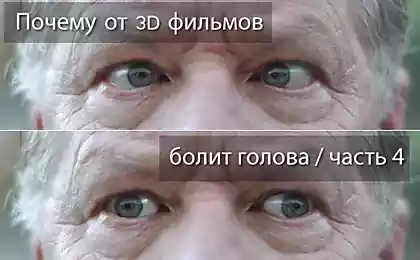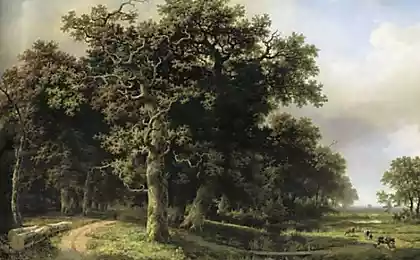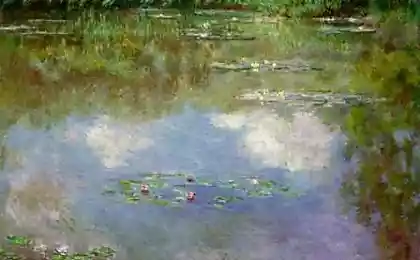489
The fresco from Fulvio di Piazza
Fulvio Di Piazza creates whimsical paintings endowed with human qualities of landscapes with an extraordinary level of detail and depth. In the series "Ashes to Ashes" the work of the artist demonstrates the dramatic fiery volcanic images. Curved lines increase through the clouds of soot and smoke in the form of mushrooms, consisting of burned ruins. Their bodies are as vulnerable and combustible as the fires and smoldering peaks looming in the distance the burning ashes and glowing coals as lava flows from black soot-covered craters like the hot blood of the Earth.


To create this series the artist was inspired by the book "Entropy" in 1980, written by American economist Jeremy Rifkin, in which he associates thermodynamic activity with sociological patterns of economic and environmental decline. Although the author was widely criticized for misunderstanding the laws of physics, di Piazza was interested in the conceptual Parallels, regardless of the lack of scientific justification.

There is some pessimism in the images of this exhibition, but the artist finds hope in the darkest teoretizm. This question will not destroy because of its constantly changing nature, constant movement and transformation of various types of energy. It also points to an interesting dichotomy of ash. Being the remains of matter consumed by fire, it also symbolizes the beginning of a new cycle. This interpretation shows potential for renewal and something new. As soon as the world will burn, maybe he will become a Phoenix and be reborn from the ashes.

Source: /users/276


To create this series the artist was inspired by the book "Entropy" in 1980, written by American economist Jeremy Rifkin, in which he associates thermodynamic activity with sociological patterns of economic and environmental decline. Although the author was widely criticized for misunderstanding the laws of physics, di Piazza was interested in the conceptual Parallels, regardless of the lack of scientific justification.

There is some pessimism in the images of this exhibition, but the artist finds hope in the darkest teoretizm. This question will not destroy because of its constantly changing nature, constant movement and transformation of various types of energy. It also points to an interesting dichotomy of ash. Being the remains of matter consumed by fire, it also symbolizes the beginning of a new cycle. This interpretation shows potential for renewal and something new. As soon as the world will burn, maybe he will become a Phoenix and be reborn from the ashes.

Source: /users/276
Perot Museum of Nature and Science is an ultra – modern Museum
Gypsy village of Bajo on the island of Borneo























